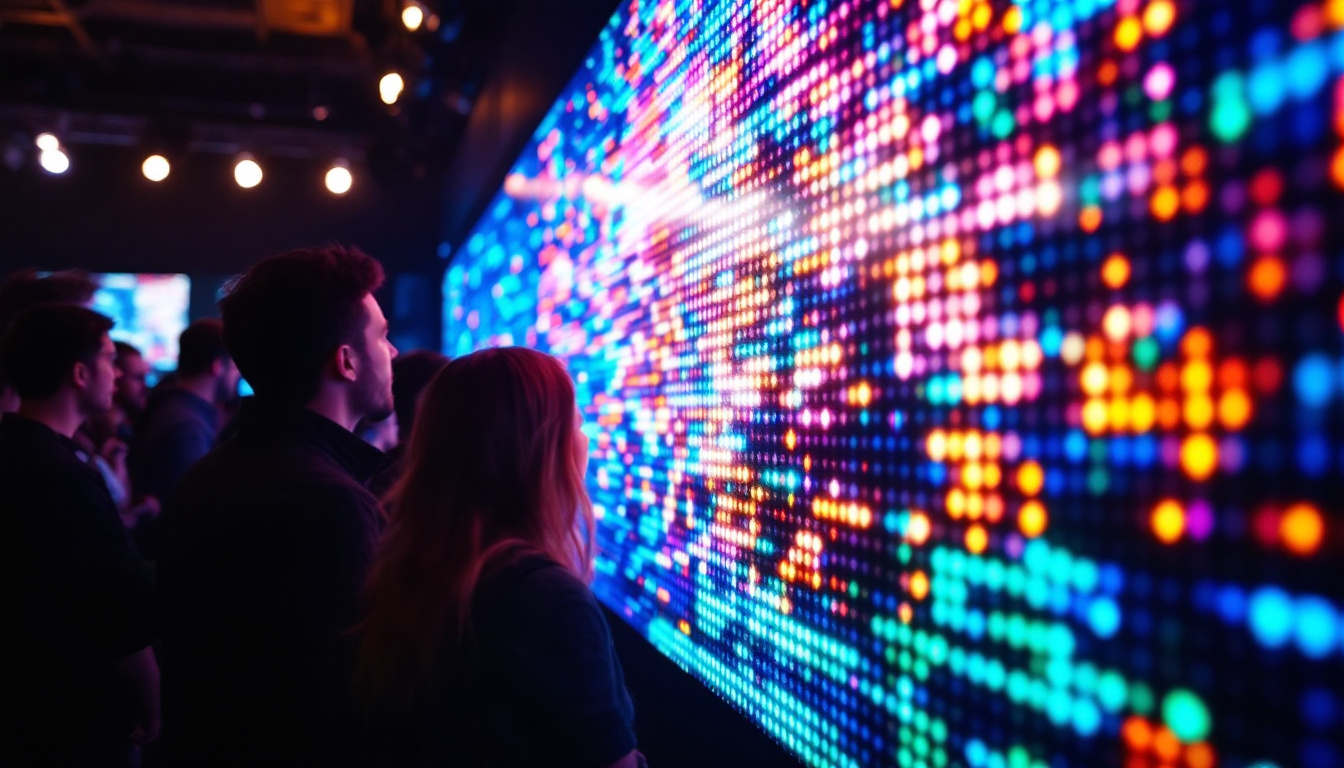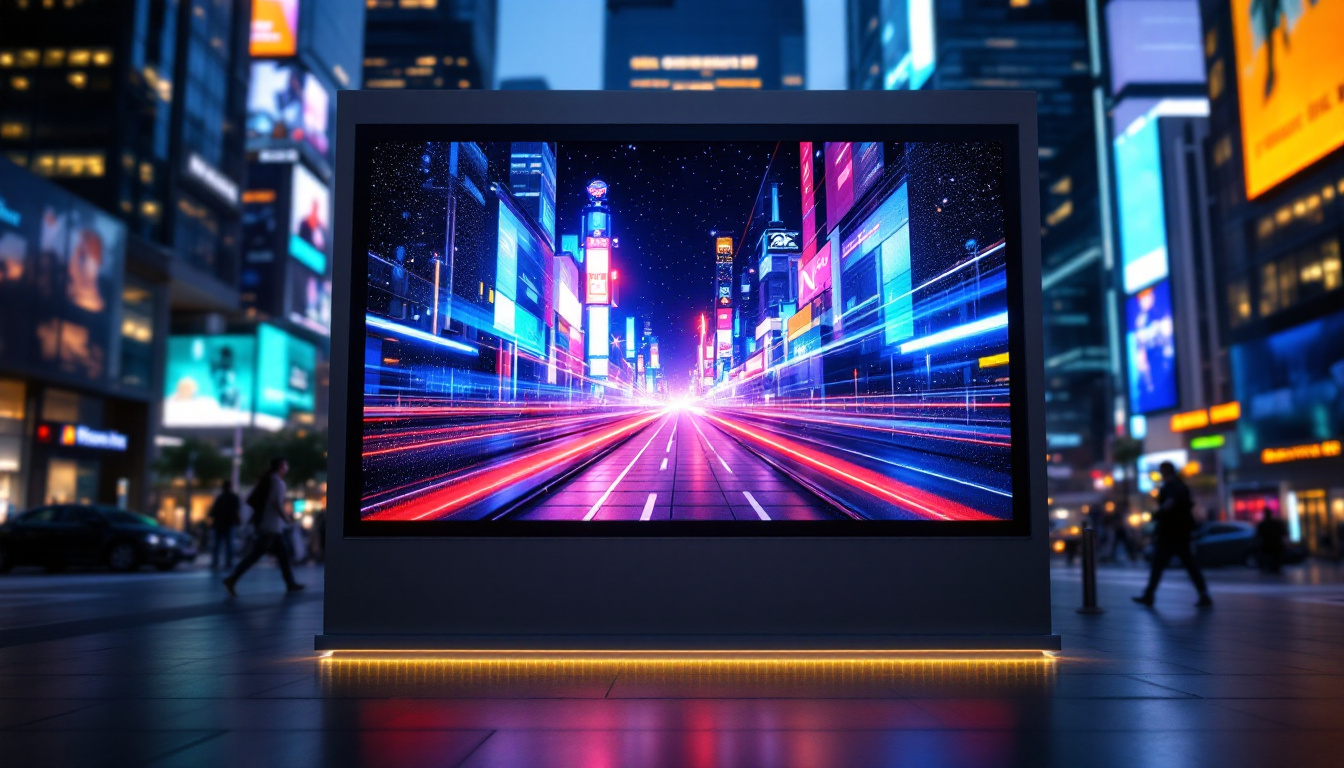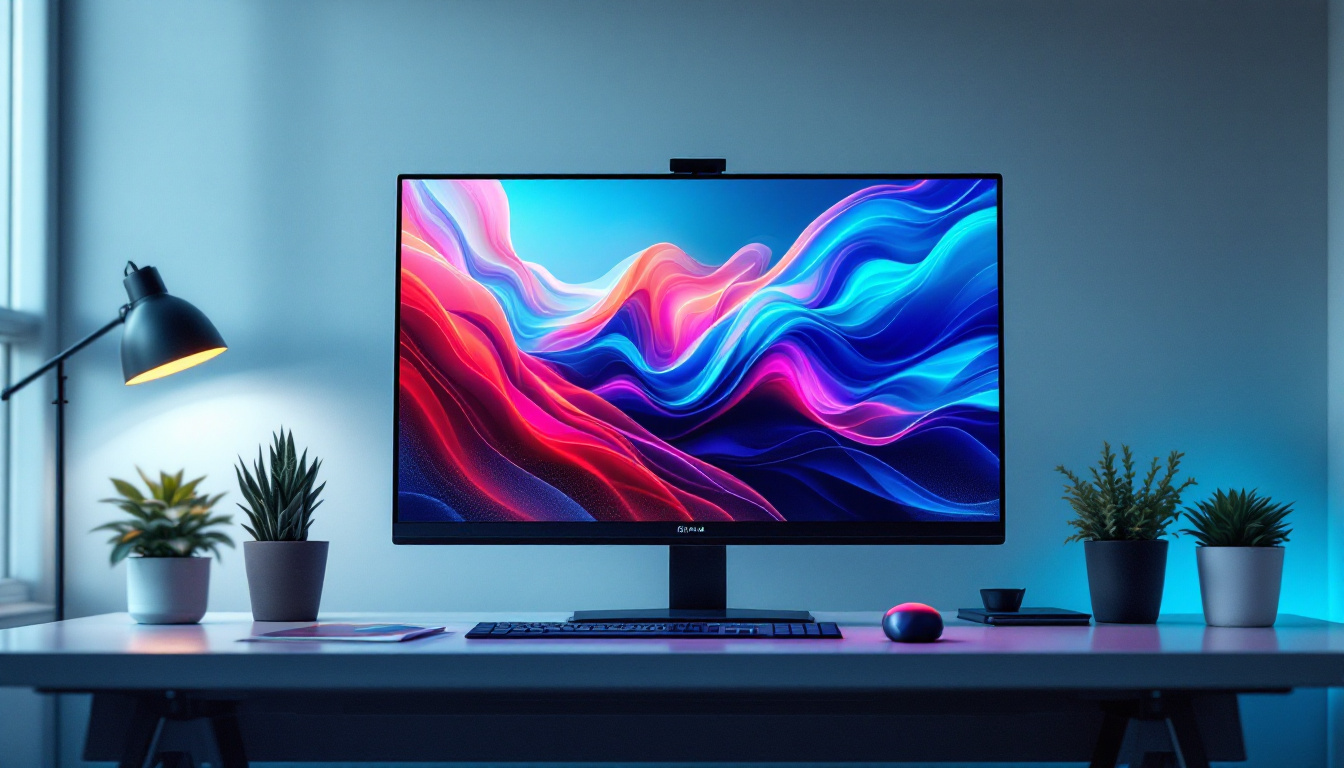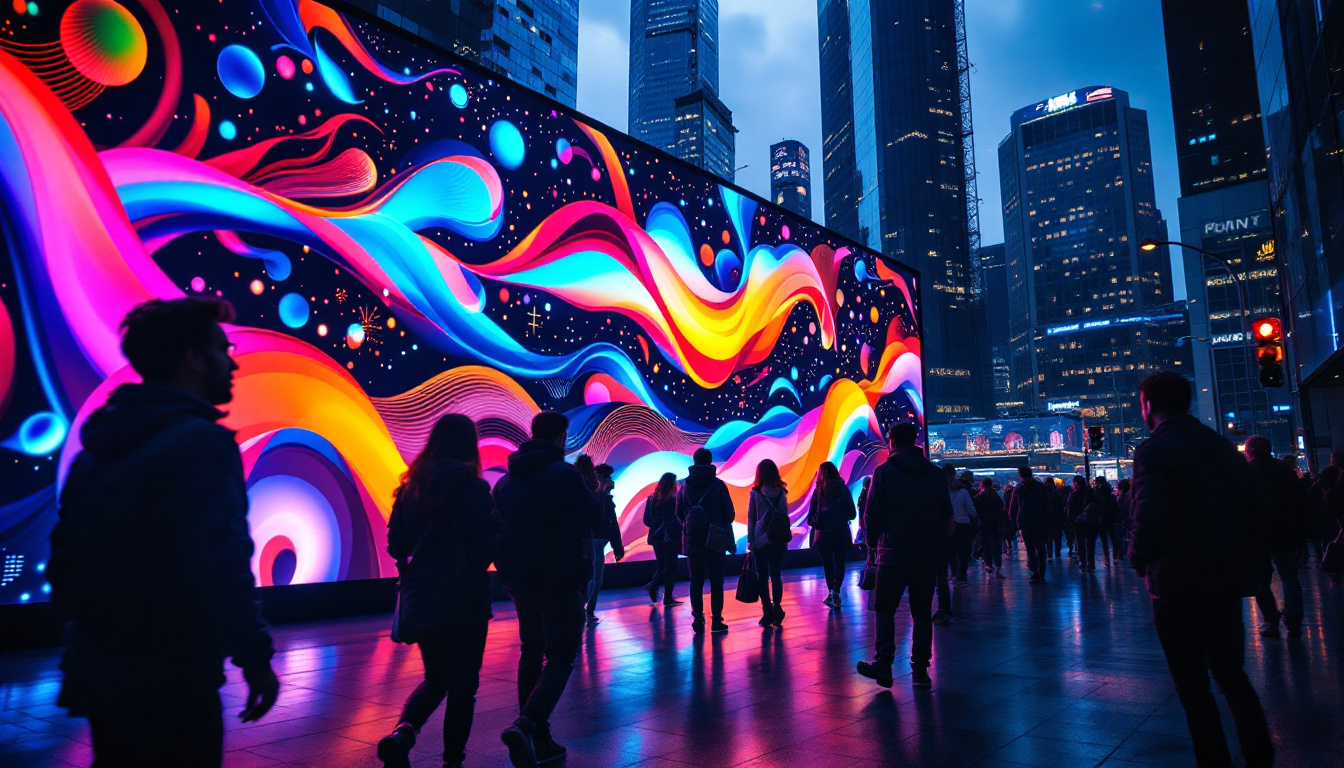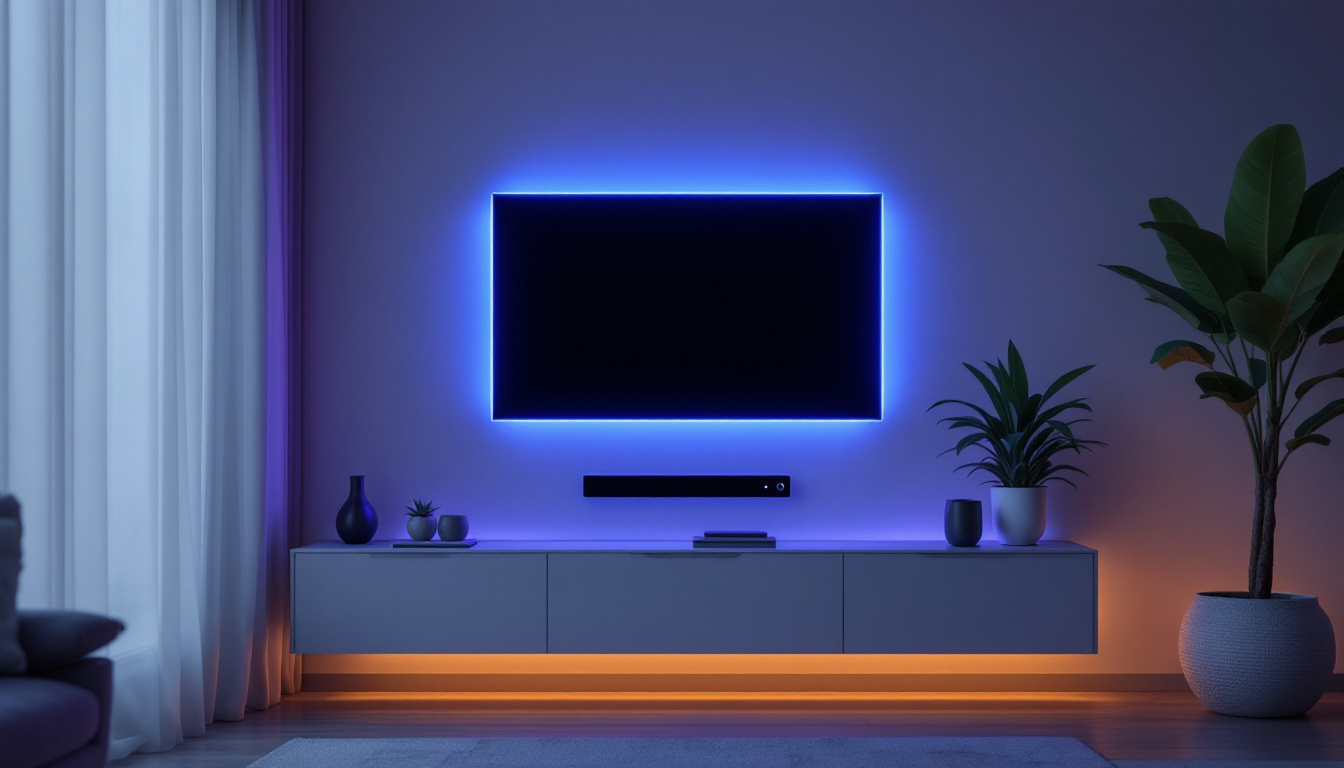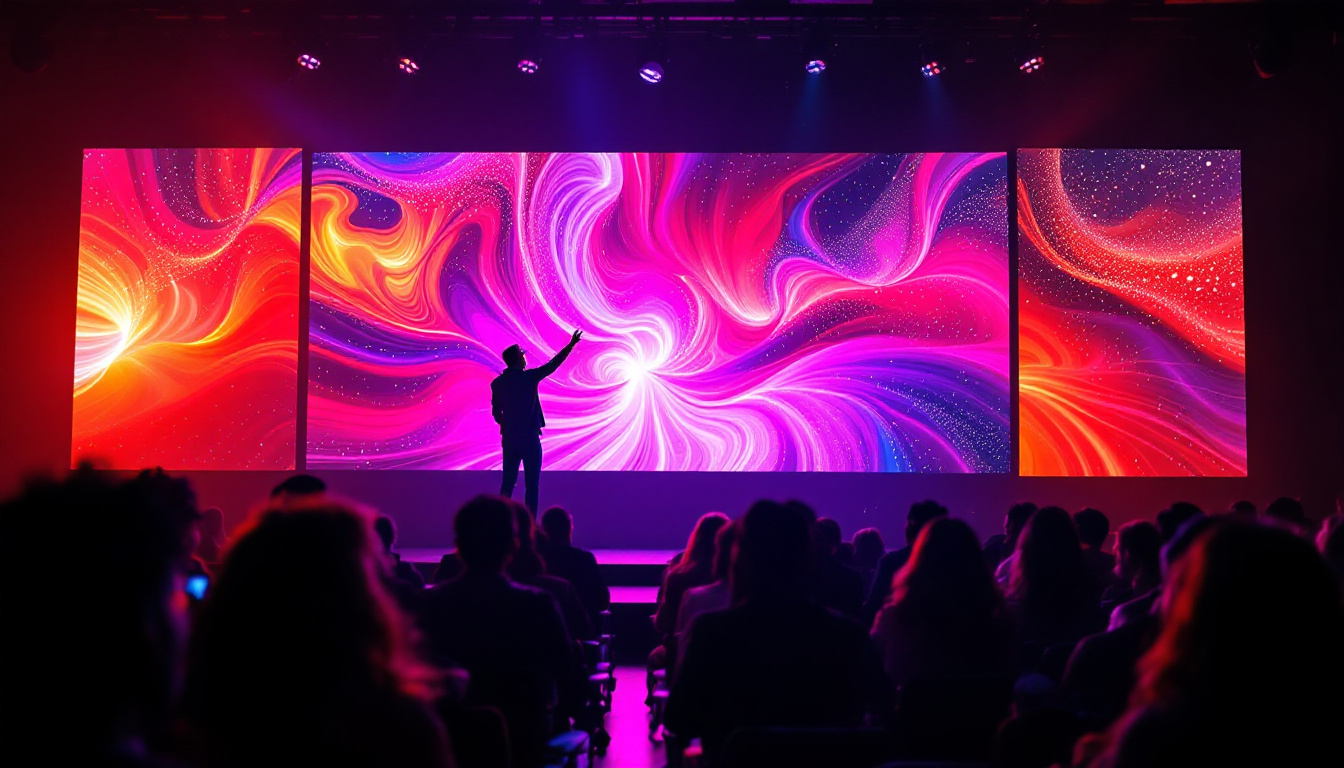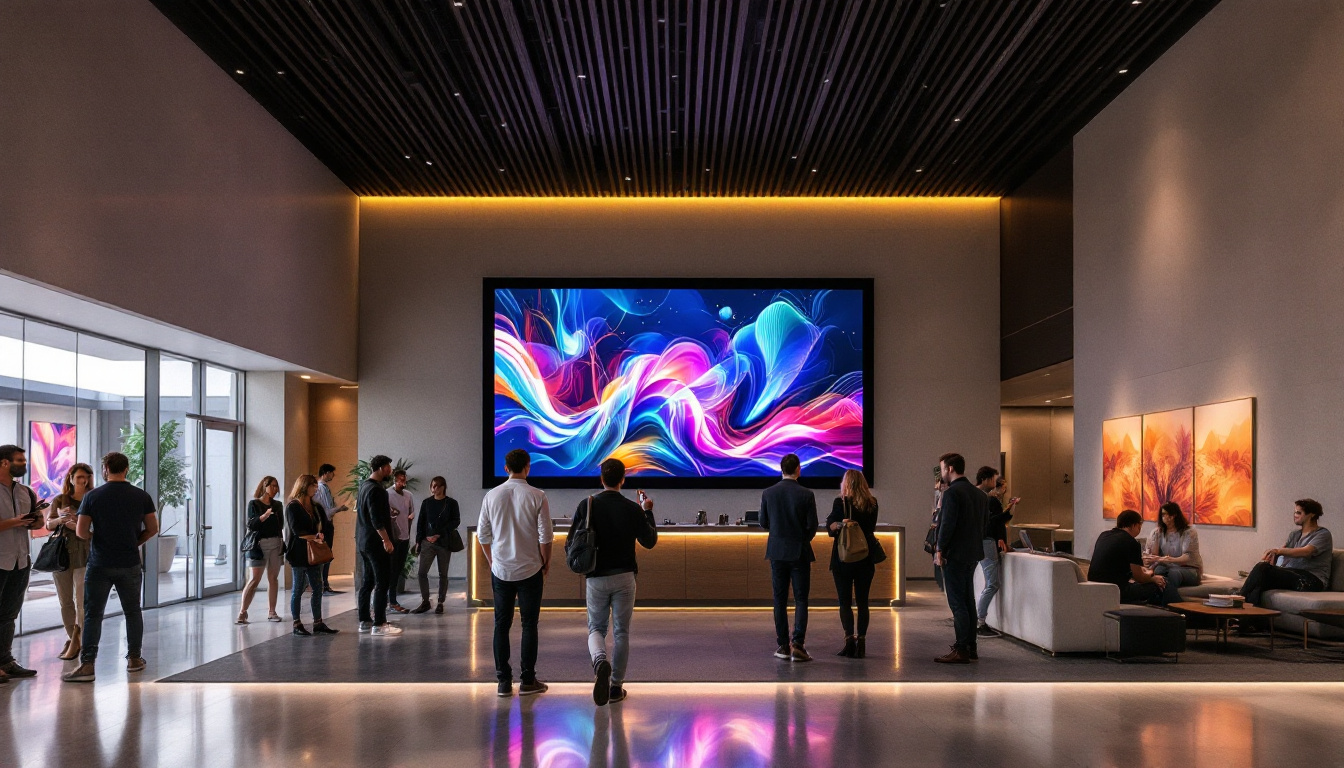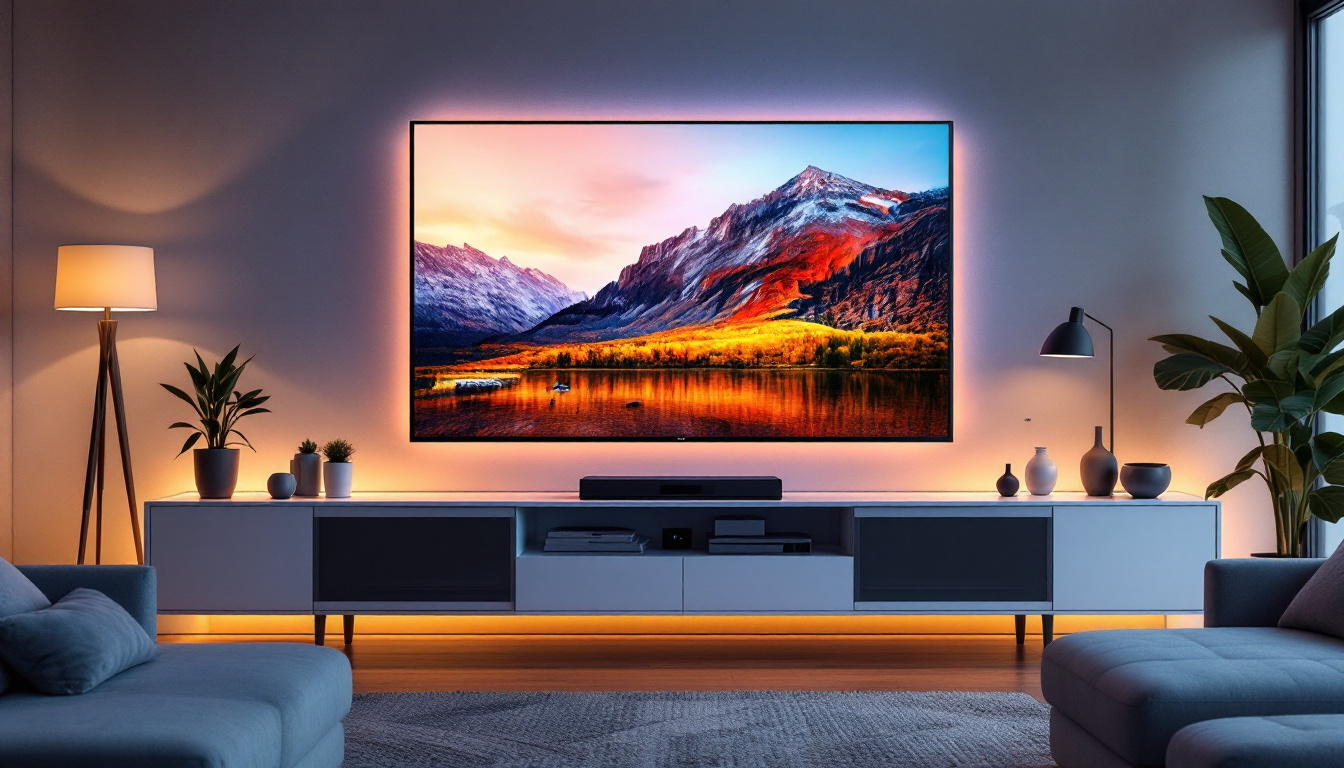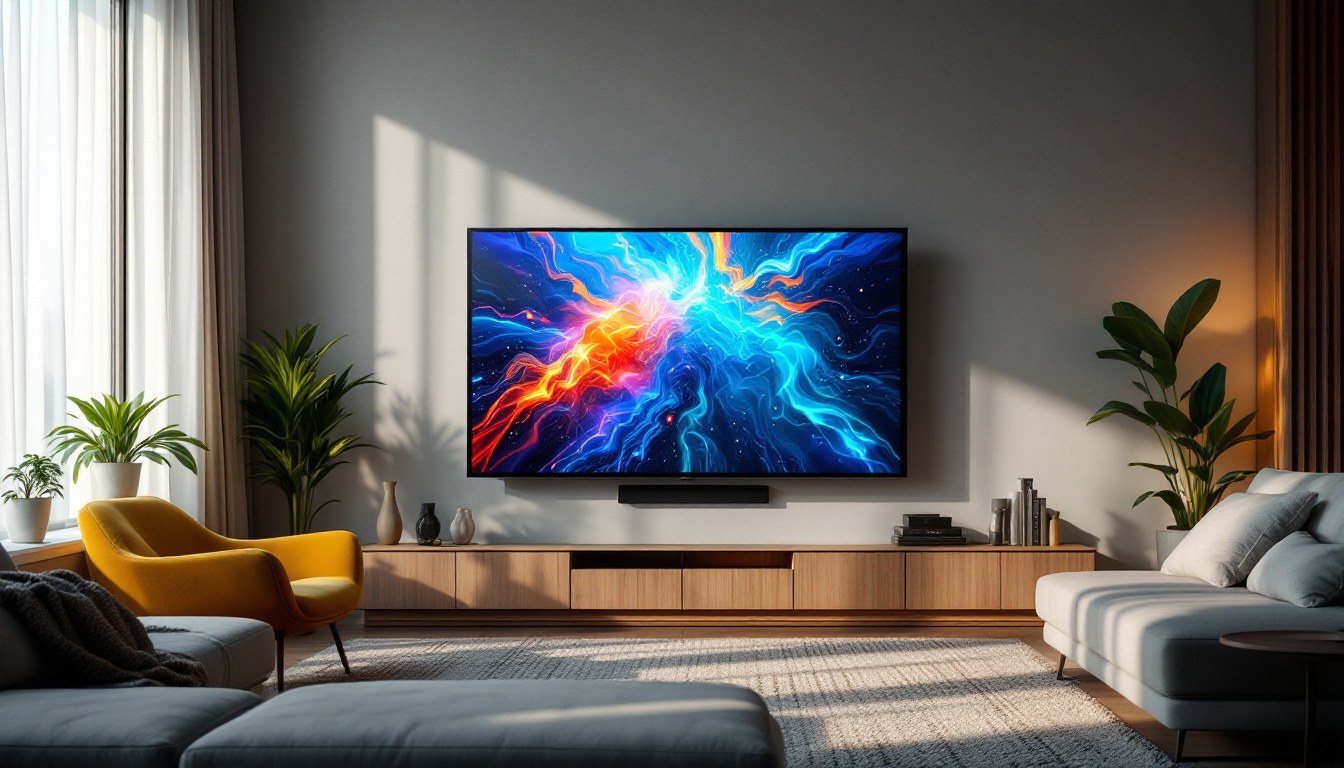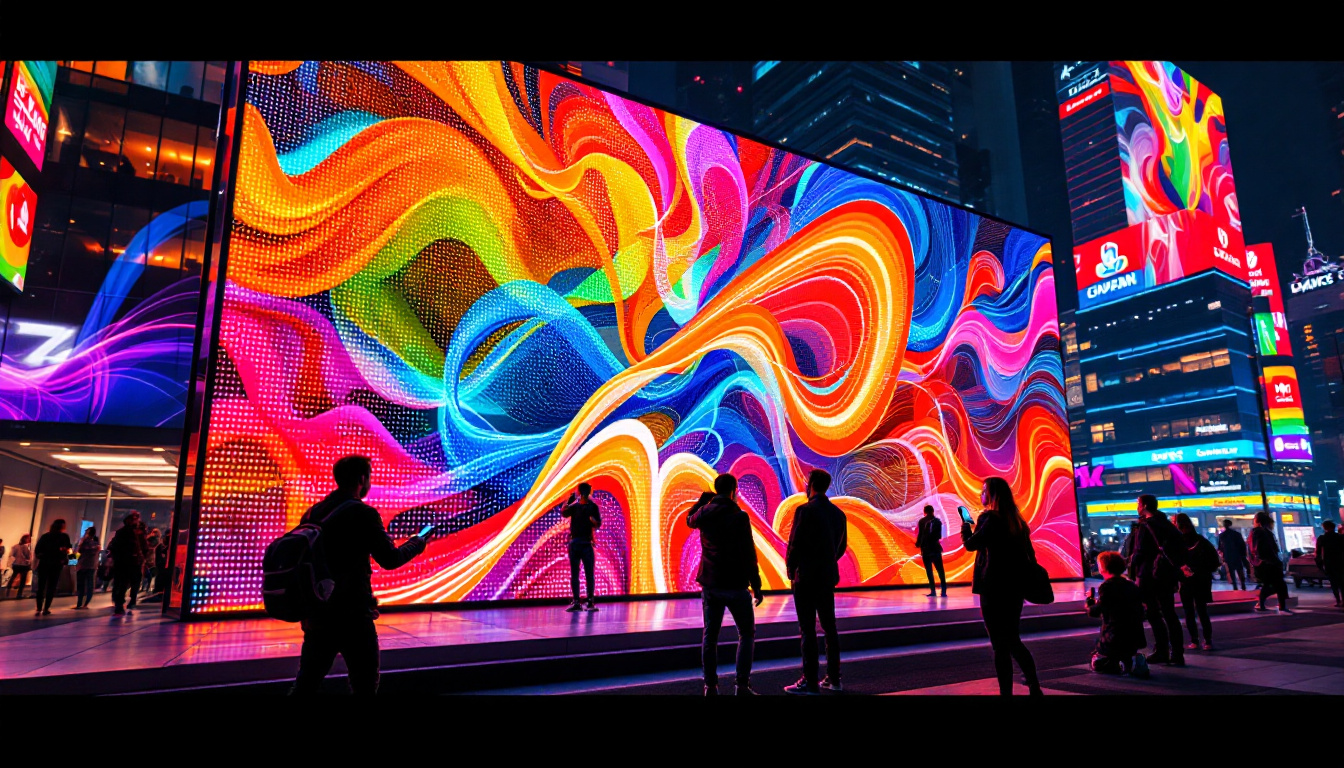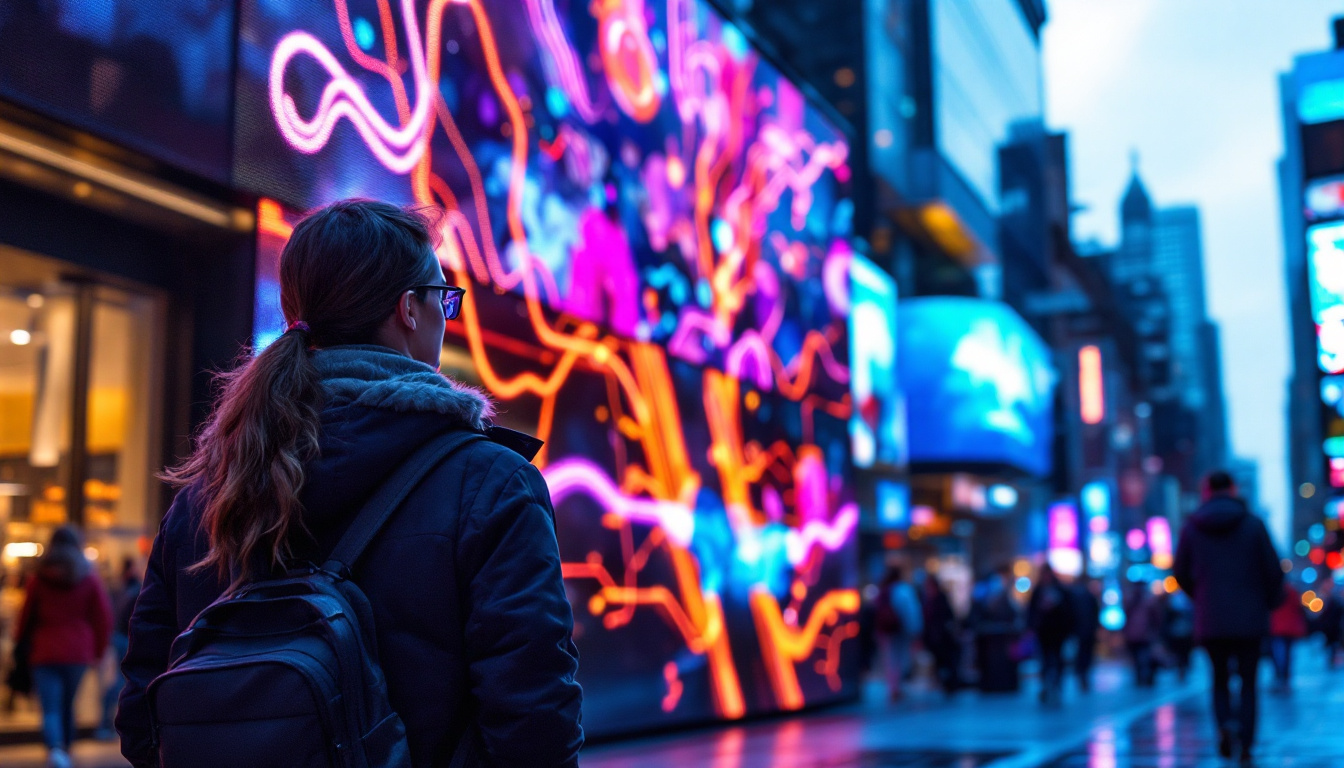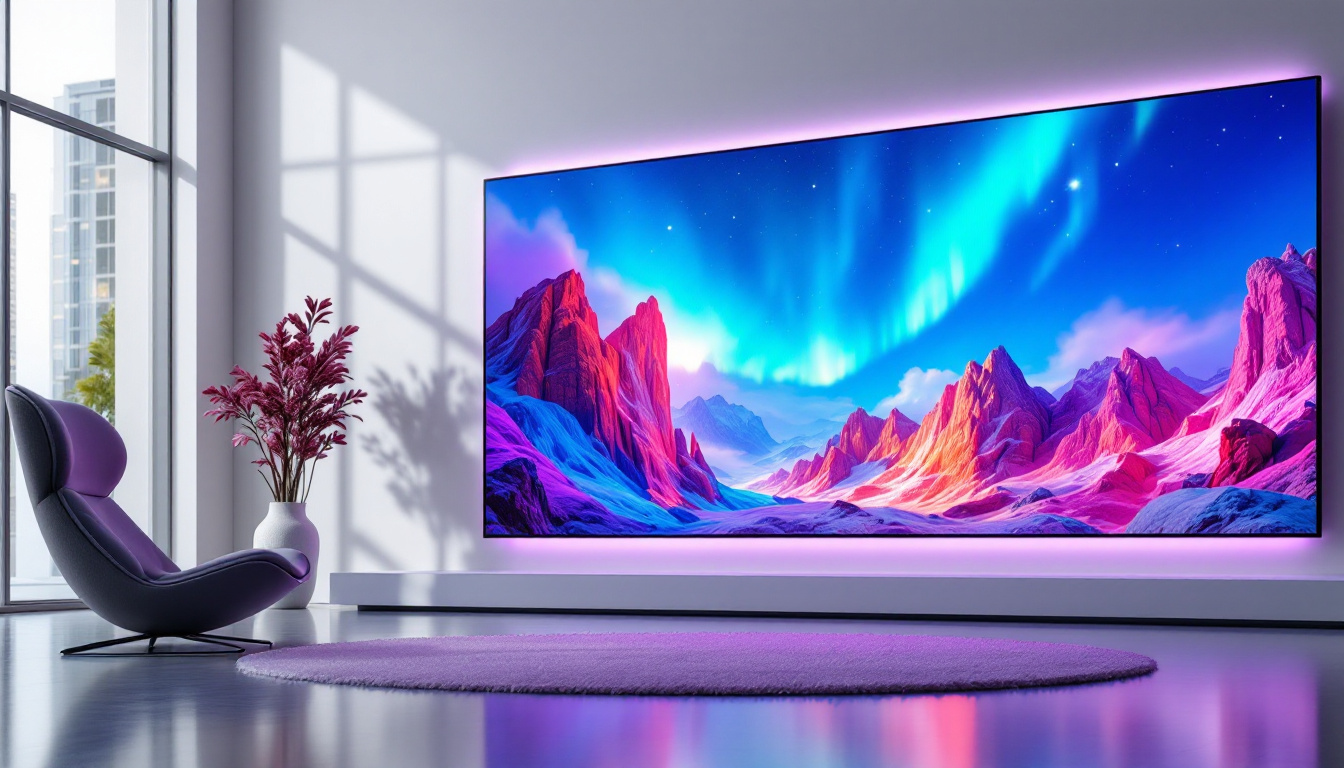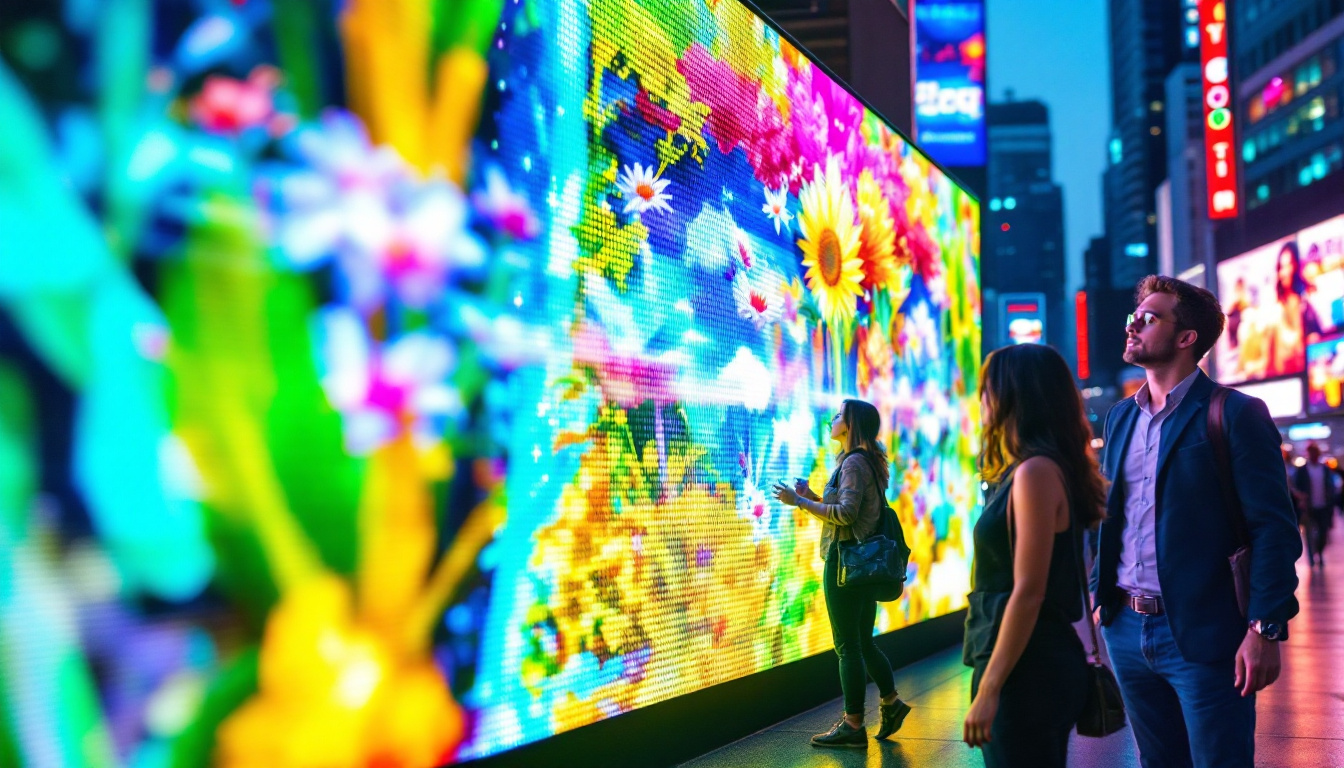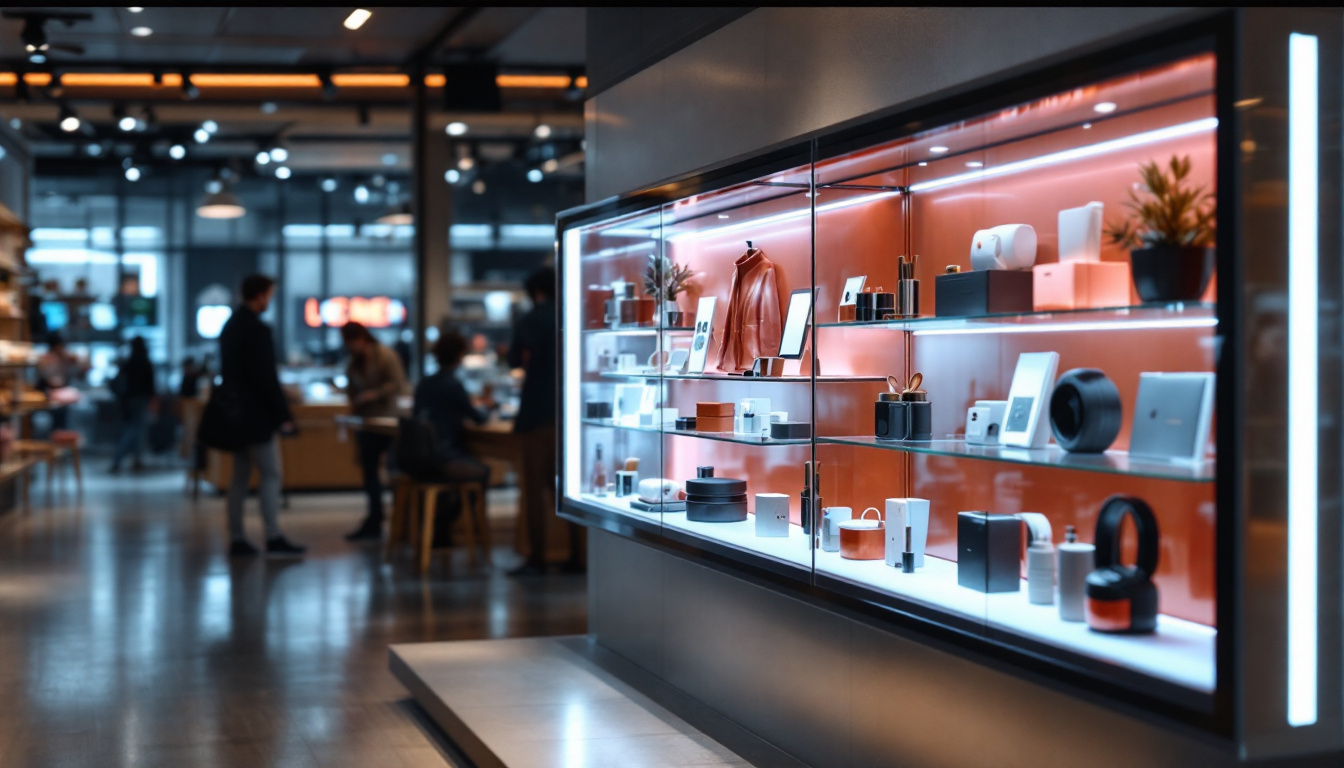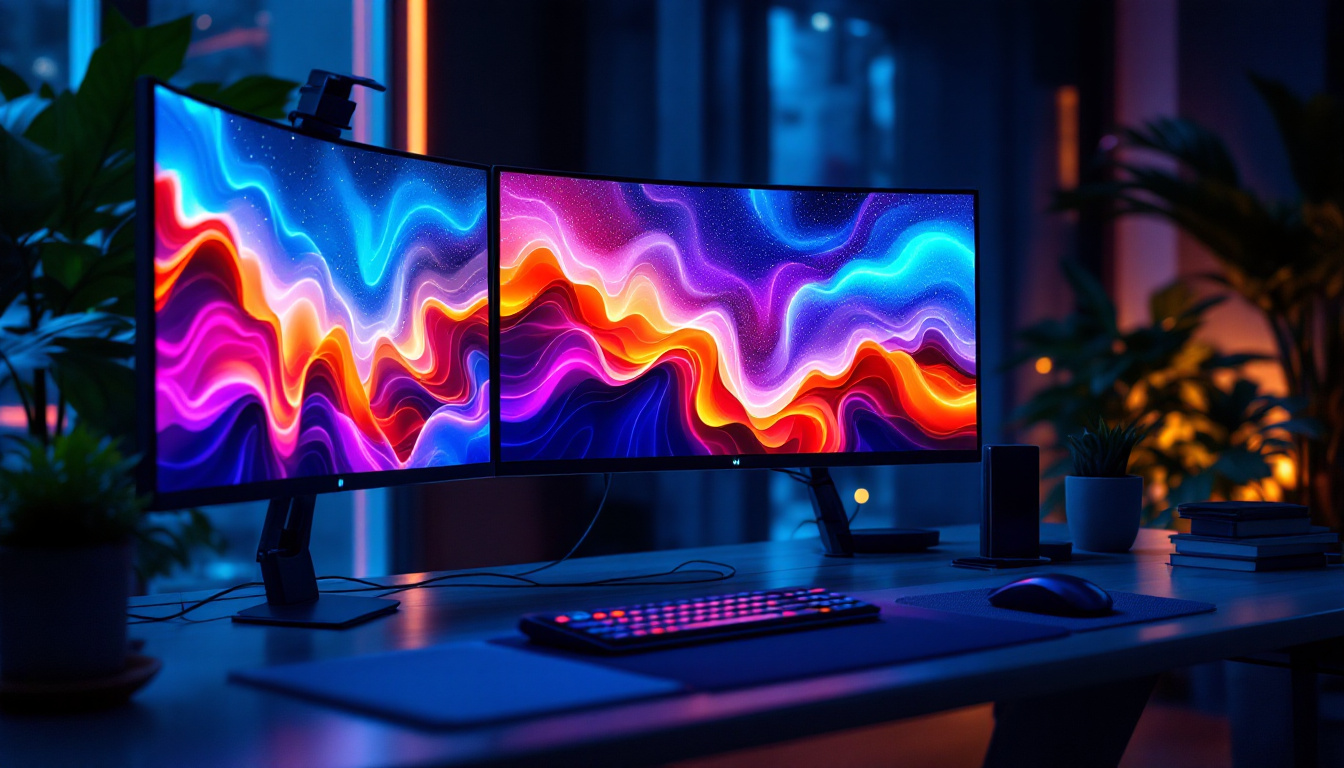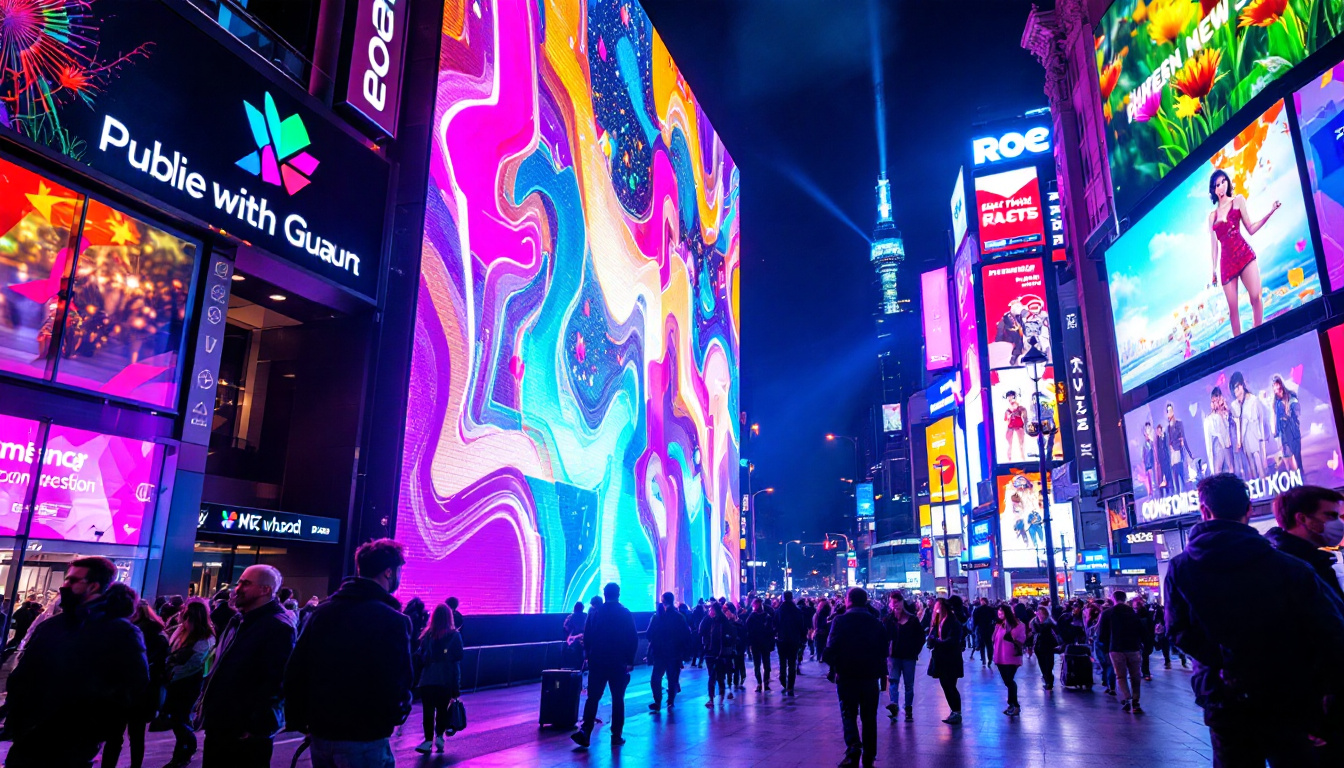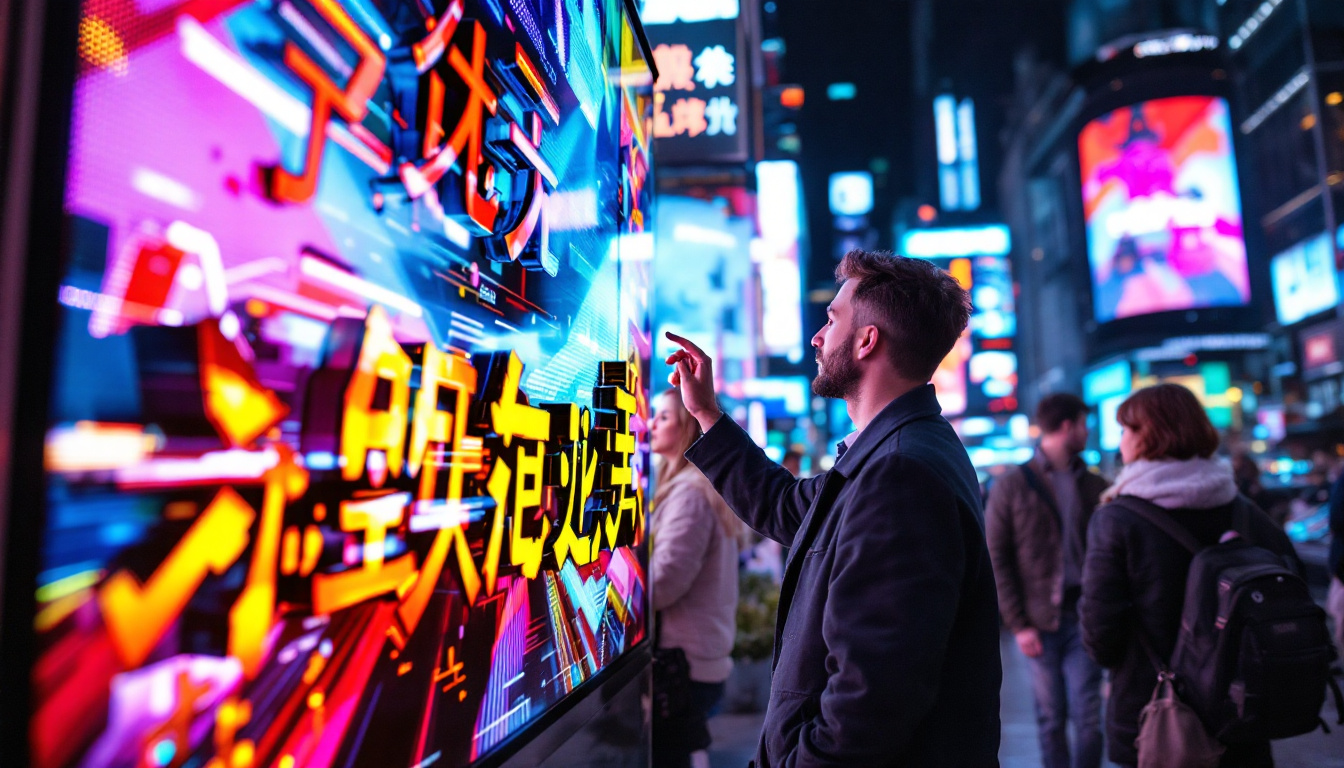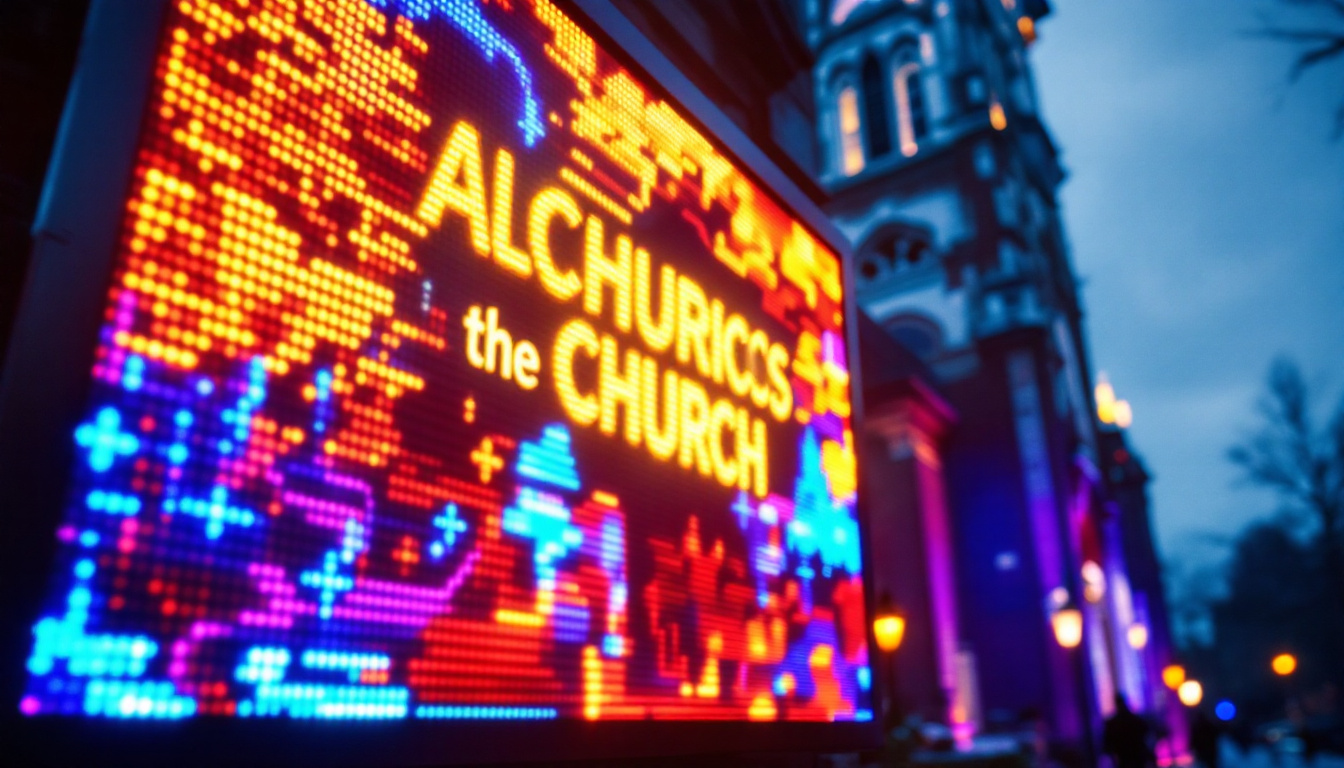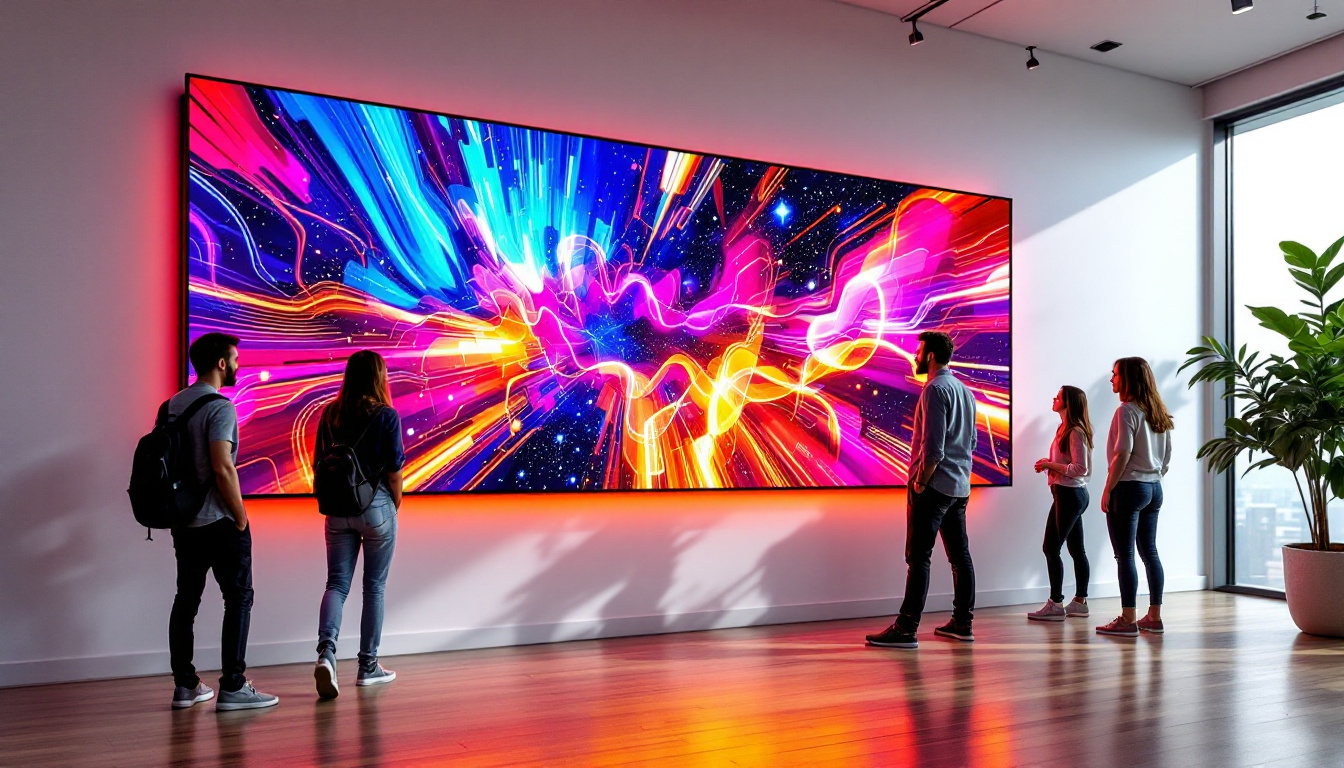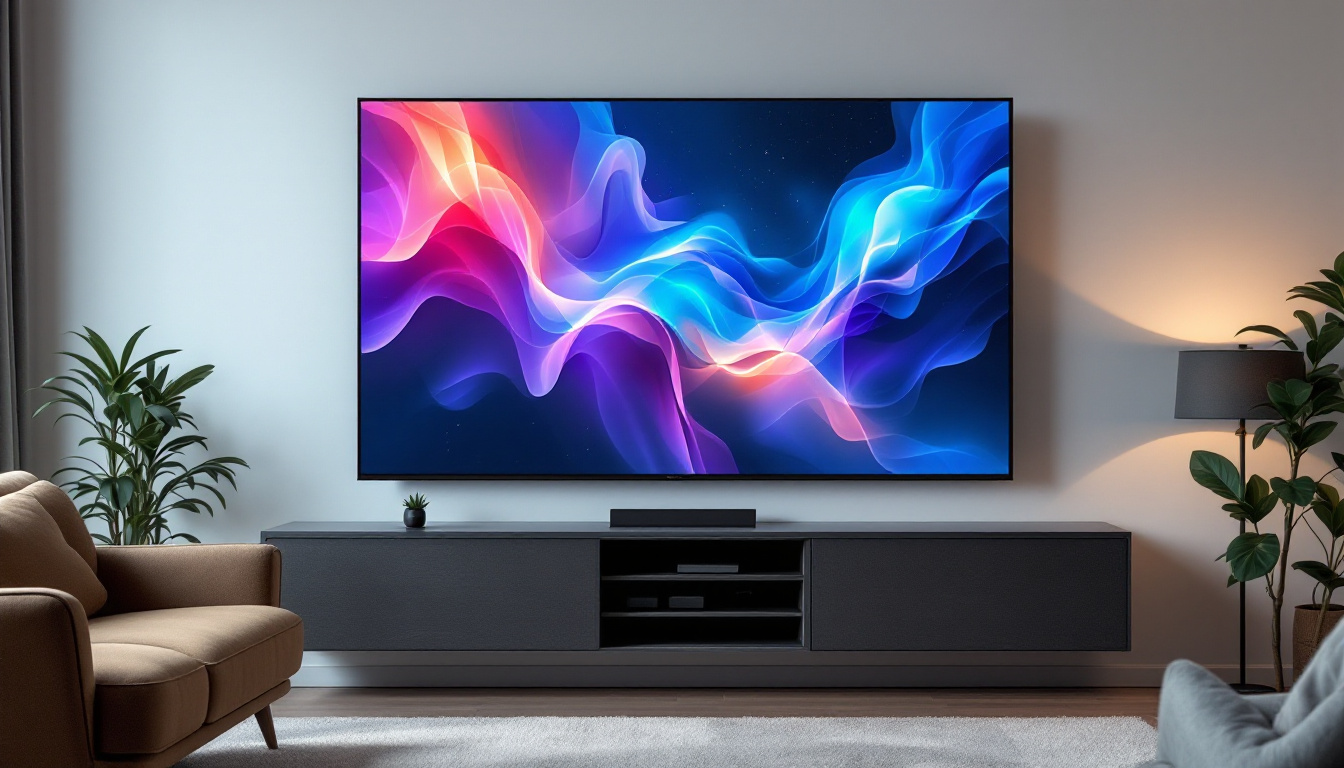In the world of event production, visual elements play a crucial role in captivating audiences and enhancing the overall experience. Among these elements, LED displays have emerged as a popular choice for event organizers looking to make a significant impact. This article delves into the intricacies of LED displays, their pricing, and the factors that influence their cost, providing a comprehensive overview for those considering their use in upcoming events.
Understanding LED Displays
LED (Light Emitting Diode) displays are a type of electronic display that utilizes LEDs as pixels to create images and videos. These displays are known for their brightness, clarity, and energy efficiency, making them ideal for various applications, including concerts, conferences, and trade shows.
How LED Displays Work
At the core of an LED display are the individual light-emitting diodes. Each LED emits light when an electric current passes through it. By combining multiple LEDs, displays can produce a wide range of colors and images. The resolution of an LED display is determined by the number of pixels it contains, which directly affects the clarity of the visuals.
LED displays can be categorized into two main types: direct view and rear projection. Direct view displays are commonly used in outdoor settings, where their brightness can combat ambient light, while rear projection displays are often used indoors for a more subtle visual experience. The technology behind these displays has evolved significantly, with advancements in pixel pitch allowing for even finer resolutions and improved color accuracy. This means that viewers can enjoy high-definition content from a variety of angles, enhancing the overall experience.
Types of LED Displays
There are several types of LED displays available, each suited for different environments and purposes. The most common types include:
- Indoor LED Displays: These displays are designed for indoor use and typically have a higher pixel density, resulting in sharper images. They are ideal for events held in venues like auditoriums and conference centers.
- Outdoor LED Displays: Built to withstand the elements, outdoor LED displays are brighter and more durable. They are often used for large-scale events, advertising, and public announcements.
- Rental LED Displays: These displays are available for short-term use and are perfect for events that require temporary setups. Rental options provide flexibility and cost-effectiveness for event organizers.
Additionally, there are specialized LED displays such as transparent LED screens that allow for creative installations in retail environments, enabling products to be showcased behind a digital display. This innovative approach not only attracts attention but also provides a unique shopping experience. Furthermore, curved LED displays are gaining popularity in both commercial and entertainment sectors, offering immersive visuals that can wrap around audiences, creating a more engaging atmosphere. These advancements in LED technology continue to push the boundaries of how we experience visual content, making LED displays an essential component of modern communication and advertising strategies.
Factors Influencing LED Display Pricing
The cost of LED displays can vary significantly based on several factors. Understanding these factors is essential for event planners and organizers to make informed decisions regarding their visual needs.
Resolution and Pixel Pitch
One of the primary factors affecting the price of an LED display is its resolution, which is often defined by the pixel pitch. Pixel pitch refers to the distance between the centers of two adjacent pixels, measured in millimeters. A smaller pixel pitch indicates a higher resolution, resulting in clearer images and videos. While high-resolution displays offer superior quality, they also come with a higher price tag.
For instance, a display with a pixel pitch of 2.5mm will be more expensive than one with a pixel pitch of 10mm. Event organizers should consider the viewing distance when selecting a display; closer viewing distances typically require higher resolutions. Moreover, the content being displayed plays a crucial role in determining the necessary resolution. For events showcasing intricate graphics or detailed videos, investing in a higher resolution display becomes imperative to ensure that the audience can appreciate the finer details without any pixelation.
Size and Configuration
The size of the LED display is another significant factor influencing its cost. Larger displays require more materials and components, leading to higher prices. Additionally, the configuration of the display, such as whether it is a single unit or a modular setup, can also impact pricing. Modular displays, which consist of multiple panels, allow for greater flexibility in size and shape but may incur additional costs for installation and assembly.
Furthermore, the aspect ratio of the display can also affect pricing. Standard ratios like 16:9 are typically more cost-effective due to their widespread use, while custom ratios may require specialized panels that can drive up costs. Event planners should also consider how the display will be integrated into the venue. For instance, displays that need to be hung or mounted may require additional rigging and support structures, further influencing the overall budget.
Technology and Features
Advanced technologies and features can also drive up the price of LED displays. For example, displays equipped with features such as high dynamic range (HDR), advanced color calibration, and enhanced refresh rates typically come at a premium. Event organizers should weigh the benefits of these features against their budget and the specific requirements of their event.
Additionally, the brightness level of the display is a critical consideration, especially for outdoor events where ambient light can significantly affect visibility. Displays with higher brightness ratings are more expensive but essential for ensuring that content is easily viewable in bright conditions. Other features such as touchscreen capabilities, interactive elements, and remote management options can also add to the cost, providing enhanced user engagement and operational efficiency. As technology continues to evolve, staying informed about the latest advancements can help organizers make strategic choices that align with both their vision and budget constraints.
Cost Breakdown of LED Displays
Understanding the cost breakdown of LED displays can help event organizers budget effectively. The overall cost typically includes the following components:
Equipment Rental Costs
For events that require temporary displays, rental costs are a significant consideration. Rental prices vary based on the size, resolution, and duration of the rental period. It is essential to compare quotes from multiple rental companies to ensure competitive pricing.
In addition to the display itself, rental costs may also include transportation, setup, and teardown services. Event organizers should clarify these details upfront to avoid unexpected expenses.
Installation and Labor Costs
The installation of LED displays often requires skilled technicians, especially for larger or more complex setups. Labor costs can vary based on the location, the size of the display, and the complexity of the installation. It is advisable to factor in these costs when budgeting for an event.
Maintenance and Support
While LED displays are generally reliable, occasional maintenance may be necessary, particularly for outdoor displays exposed to the elements. Some rental companies offer maintenance and technical support as part of their package, while others may charge separately for these services. Understanding the support options available can help mitigate potential issues during the event.
Choosing the Right LED Display for Your Event
Selecting the appropriate LED display for an event requires careful consideration of various factors, including the event’s nature, venue, and audience. Here are some key points to keep in mind:
Event Type and Audience Engagement
The type of event plays a crucial role in determining the right LED display. For example, a concert may benefit from a large outdoor display with vibrant colors and high brightness, while a corporate conference may require a more subtle indoor display with high resolution for presentations.
Understanding the audience’s needs and expectations is essential. Engaging visuals can enhance the overall experience, making it memorable and impactful. Consider the content that will be displayed and how it aligns with the event’s objectives.
Venue Considerations
The venue’s characteristics, such as size, lighting conditions, and layout, should also influence the choice of LED display. Outdoor venues may require displays with higher brightness levels to combat sunlight, while indoor venues may prioritize resolution and pixel density for close viewing.
Additionally, the layout of the venue can impact visibility. Ensuring that the display is positioned strategically to maximize visibility for all attendees is crucial for effective communication and engagement.
Budget Constraints
Budget is often a determining factor in the selection of an LED display. Event organizers should establish a clear budget and prioritize essential features that align with their goals. While it may be tempting to opt for the highest resolution or largest display, it is essential to balance quality with affordability.
Future Trends in LED Display Technology
The LED display industry is continually evolving, with new technologies and trends emerging to enhance visual experiences. Staying informed about these trends can help event organizers make forward-thinking decisions.
Advancements in Resolution and Technology
As technology advances, LED displays are becoming increasingly high-resolution, with pixel pitches continuing to decrease. This trend allows for clearer images and videos, even at close viewing distances. Additionally, innovations such as microLED technology are on the horizon, promising even greater flexibility and performance.
Event organizers should keep an eye on these advancements, as they may present new opportunities for enhancing audience engagement and overall event quality.
Integration with Augmented Reality (AR) and Virtual Reality (VR)
Another exciting trend is the integration of LED displays with augmented reality (AR) and virtual reality (VR) technologies. These integrations can create immersive experiences that captivate audiences and elevate events to new heights. As AR and VR technologies become more accessible, event organizers may find new ways to leverage LED displays to create unforgettable experiences.
Sustainability and Eco-Friendly Options
As sustainability becomes a growing concern, the LED display industry is also focusing on eco-friendly solutions. Manufacturers are exploring ways to reduce energy consumption, use recyclable materials, and minimize waste in production processes. Event organizers can consider these options when selecting displays, aligning their events with sustainable practices.
Conclusion
LED displays have revolutionized the way events are experienced, offering vibrant visuals that engage and captivate audiences. Understanding the factors that influence pricing, the various types of displays available, and the trends shaping the industry is essential for event organizers seeking to make informed decisions.
By carefully considering the needs of the event, the audience, and the venue, organizers can select the right LED display to enhance their event’s impact. As technology continues to evolve, the possibilities for LED displays in event production are limitless, paving the way for innovative and unforgettable experiences.
Discover LumenMatrix LED Display Solutions
Ready to elevate your event with cutting-edge LED display technology? Look no further than LumenMatrix, where innovation meets visual brilliance. From the immersive Indoor LED Wall Display to the dynamic Outdoor LED Wall Display, and from the versatile Vehicle LED Display to the sleek LED Poster Display, LumenMatrix offers a comprehensive range of solutions tailored to your needs. Whether you’re looking to engage fans with an LED Sports Display, dazzle with a Floor LED Display, or make a statement with a Custom LED Display, our mission is to revolutionize your visual communication. Don’t miss the opportunity to create an unforgettable experience with our All-in-One LED Display and LED Transparent Display options. Check out LumenMatrix LED Display Solutions today and transform your event into a captivating visual journey.

